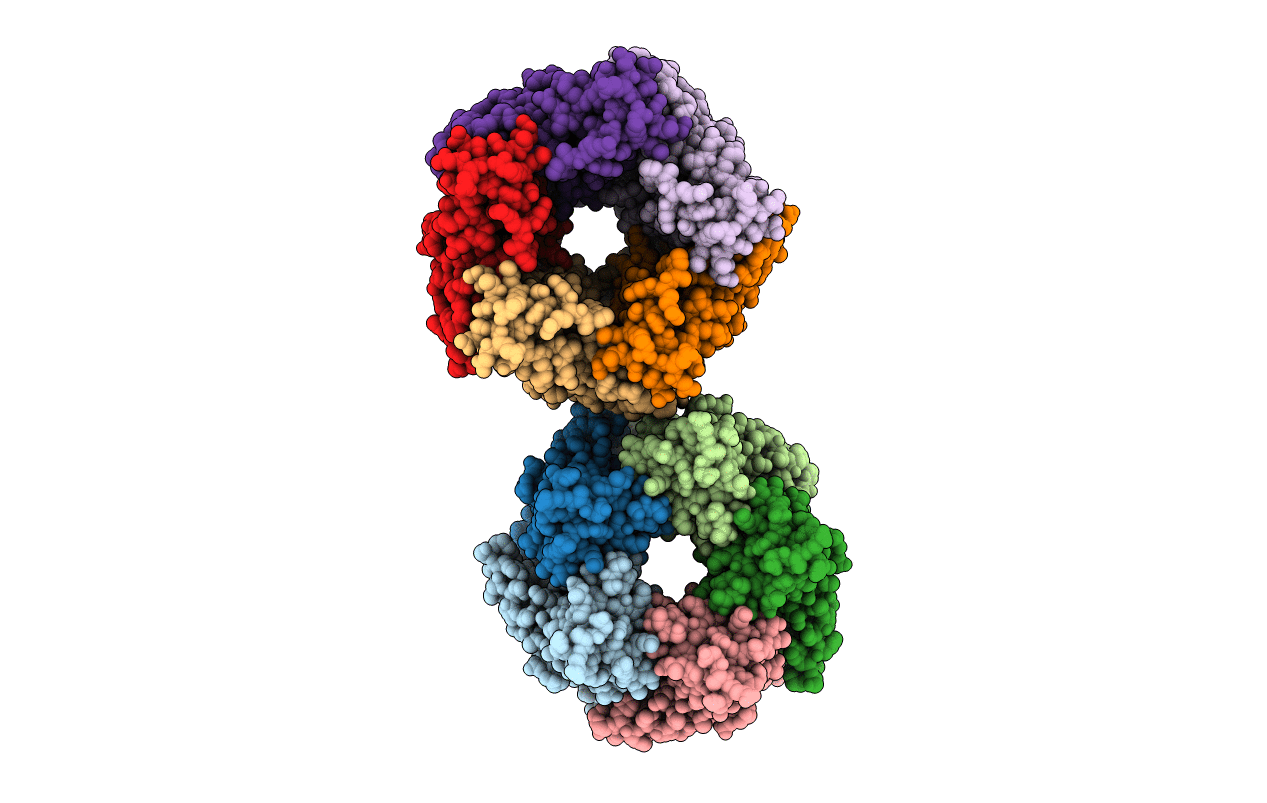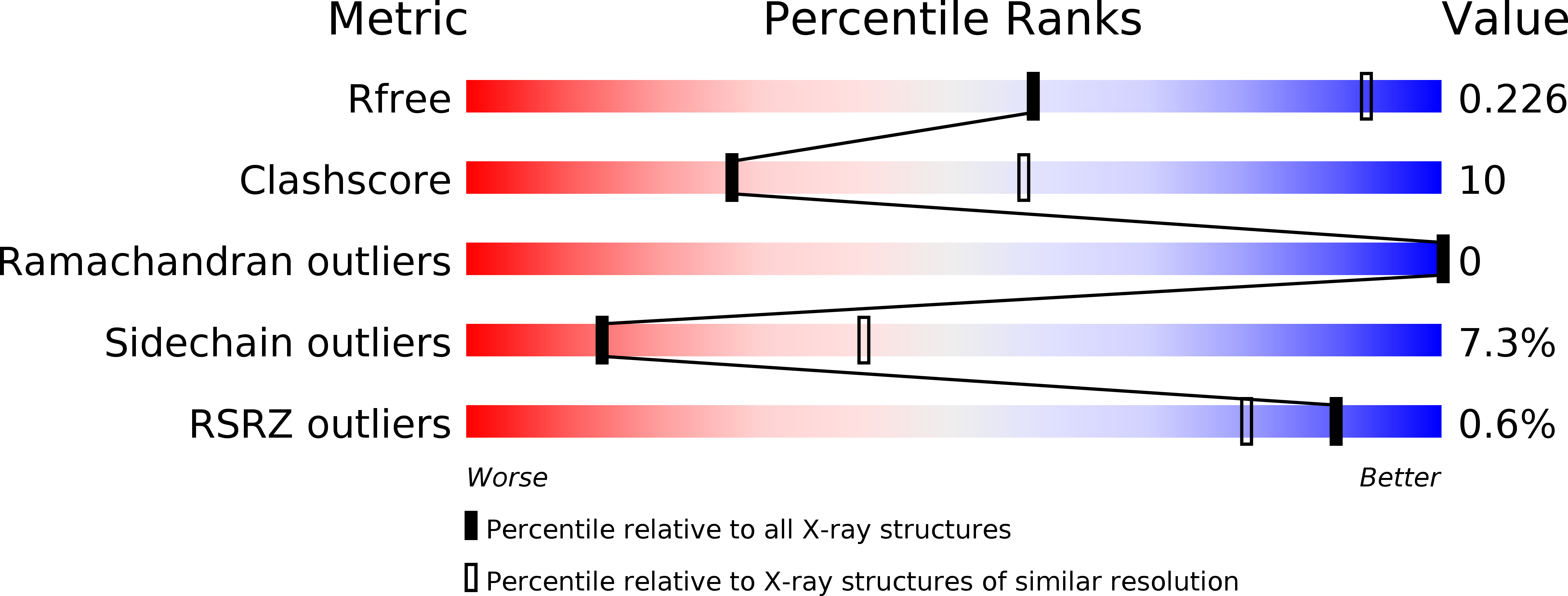
Deposition Date
2010-11-23
Release Date
2010-12-08
Last Version Date
2024-11-06
Entry Detail
Biological Source:
Source Organism:
APLYSIA CALIFORNICA (Taxon ID: 6500)
Host Organism:
Method Details:
Experimental Method:
Resolution:
3.14 Å
R-Value Free:
0.23
R-Value Work:
0.18
R-Value Observed:
0.18
Space Group:
P 41 21 2


